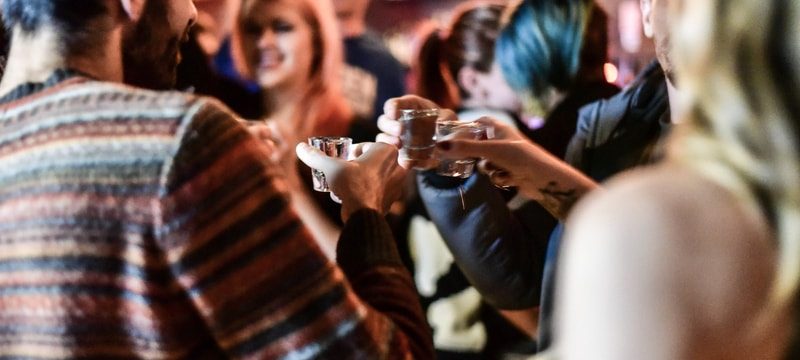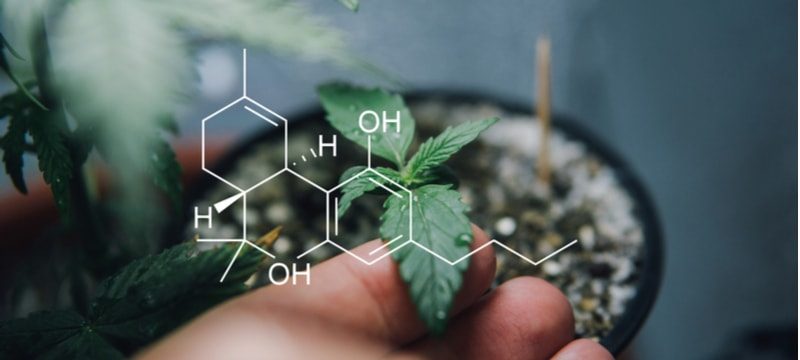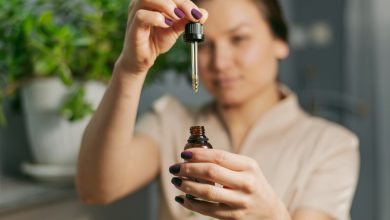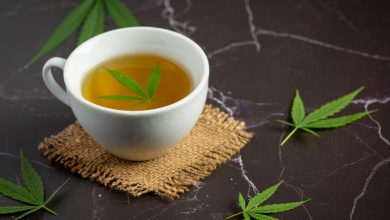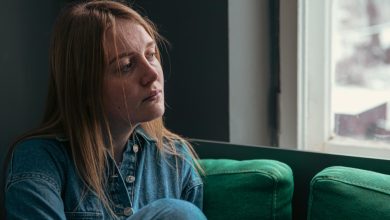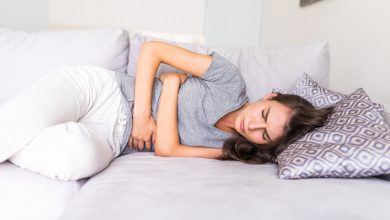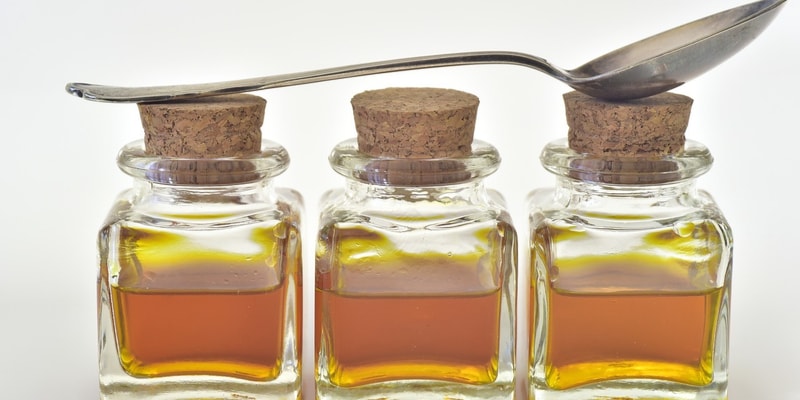
Table of Contents
Choose your dosage based on symptoms
Have you ever noticed when consuming an alcoholic drink with friends that most people will be stimulated initially but eventually they become sedated? This is because of the biphasic effect. Alcohol is classed as a depressant, but only when it reaches a certain threshold amount within the body. Before it reaches this amount, alcohol is a stimulant.
Everyone is comprised of a unique biological system and consequently has a different threshold point where this sedative effect kicks in. Hence, some people can be classed as ‘lightweights’, feeling sedated and drunk after only one or two drinks whereas others can seemingly drink endlessly. Cannabidiol (CBD) joins the myriad of substances that fall into the category of being biphasic, and this affects the way in which your body responds to certain doses. Therefore, you should consider the biphasic effects of CBD before consuming.
What is the biphasic effect?
Biphasic literally means having two phases or systems in operation at the same time. Another example is that water at boiling point is biphasic matter because it exists as liquid water and gas (steam) at that temperature. When in reference to ingesting a substance such as alcohol, coffee or CBD, biphasic relates to the body's dose-response relationship. With alcohol, each system or phase (stimulant vs. sedative) has its own dose-response relationship that overlaps with each other. When the dose reaches a certain threshold amount for that specific person, the relevant response will occur.
The threshold point for alcohol’s stimulant effects is at a much lower blood alcohol concentration than for the sedative response. Hence, why it becomes apparent people are lifted before an inevitable crash if they continue to drink because the threshold for sedation will be reached later on.
In reality, most substances have different dose-response relationships, resulting in different physical outcomes. However, the sedation-stimulant effect for alcohol itself a biphasic relationship because both sedation and stimulation are seemingly opposite to each other. Another biphasic effect would be when a substance has been reported to both improve and regress memory, such as THC.
How does the biphasic effect work for CBD?
There are over 110 cannabinoids that can affect the human body’s endocannabinoid system (a biological network consisting of millions of receptors) in such a large amount of different ways. When taken in different dosages, the potential for conflicting pathways and a resulting different set of effects are apparent. Some of these effects appear to have contradictory properties (i.e. stimulant-sedative), which prove CBD is biphasic with respect to these properties and the dosage. The biphasic effect of CBD most studied relates to anxiety, as well as its relationship with THC, which has been shown to exacerbate anxiety within certain people.
In studies, CBD has shown that when combating both generalised and THC induced anxiety, more is not necessarily better, due to a range of complex biological responses that occur at different doses. This is partly explained by CBD being a very mild stimulant in small quantities and a mild sedative at larger quantities. Consequently, an excessive amount of CBD could prove to be less effective for treating anxiety compared with a smaller amount.
How should I use the biphasic effect to consider how I dose CBD?
In summary, every person who consumes CBD has their own biological pathway which means that they have their own unique dose amounts for specific physiological responses. Consequently, these responses can result in a biphasic effect, where CBD appears to have contradictory properties depending upon dosage amount.
A low dose of CBD may exhibit one response and a high dose of CBD may exhibit a differing and contradictory response. This essentially puts more of an onus upon you, the consumer of CBD, to monitor how you respond to different amounts. It forms the basis for the consumer finding the optimal CBD dose that helps them, by starting small and increasing the amount of CBD they are consuming week on week until its observable effects hit a peak point. Not only does this save you money, it is also the only genuinely effective way to ensure effective symptom relief. By drastically consuming more than this peak optimum point, you may be diminishing the effect CBD has on your symptoms.

